September is National Preparedness Month, a perfect reminder for businesses, hospitals, critical infrastructure facilities, and higher education institutions to review their disaster readiness. Being prepared can safeguard your employees, patients, students, visitors, and operations, reassuring stakeholders your business will withstand and recover from unforeseen incidents.
Read MoreAs colleges and universities kick off a new year, safety is always a major concern for students, faculty, and staff. With significant technological advancements over the last few years, new security solutions can bolster campus security. Below, I explore three technologies that receive high grades: AI Video Technology, Mobile Access Credentials, and Multi-Sensor Cameras.
Read MoreWe take a close look at balancing drone security along with surveillance technology.
Read MoreWe continue our series on building a more balanced security system by taking a look at three security components: Biometrics, Credential Management, and Weapons Detection. What we’ve often found is that those security managers and facilities that take a balanced approach to security actually end up more secure than those that double down on something like access controls or surveillance. Ready to find your balance?
Read MoreCreating balance in a security system is critical. Full stop. Unbalanced security systems tend to be strong in visible or obvious areas (surveillance, access controls, etc.) but severely lacking in others. These unbalanced systems leave your facility, staff, visitors, and customers vulnerable to everything from bad actors to lackluster emergency response. We outline how to begin balancing three of the most common security elements: Access Controls, Visitor Management, and Security Operations Centers.
Read MoreWe dive into some of the specific considerations your security team needs to be discussing and analyzing as summer quickly approaches. And how those considerations affect the managing of your Security Operations Center.
Read More







